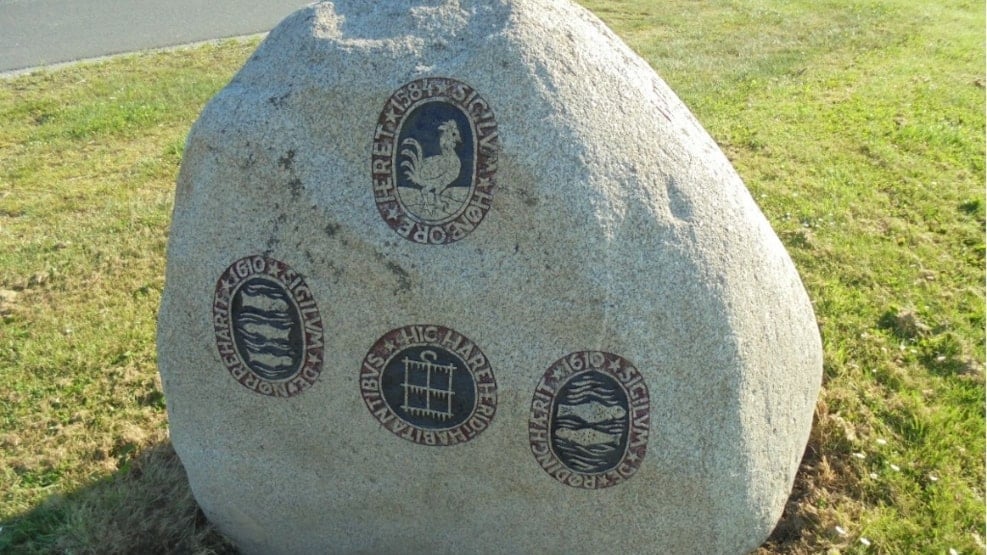
Bostrup Tinghøj
Bostrup Tinghøj is one of the approximately 10,000 – 15,000 well-preserved Bronze Age burial mounds in Denmark. These mounds arose as burial sites around 3,000 years ago. In the Middle Ages, however, the mounds became gathering points for the local residents when matters of public interest needed to be informed or decided upon.
In the Middle Ages, Bostrup Tinghøj thus became the sysselting (regional assembly) for Salling Syssel, which consisted of Sallings 4 Herreder (districts), also including Morsø and Fjends Herred.
After the introduction of the "Danish Law," Sallings 4 Herreder were merged into one district in 1688, and Bostrup Tinghøj was designated as the district assembly mound.
At the same time, the mound was not only the place where death sentences were pronounced. It was also the place where death sentences were executed (1688 – late 1700s). It is not known exactly how many people were executed on the mound, but some cases are known and can be verified.
In the 1700s, it was a misfortune to give birth to a child out of wedlock. Therefore, the single mother in many cases chose to take the life of her own child. If the infanticide was discovered, the punishment was a death sentence. In 1778, an unmarried maidservant in Hestbæk gave birth to a child, which she suffocated shortly after birth and hid under some straw. She ended up being sentenced to death and on October 6, 1779, she was executed at Bostrup Tinghøj. This is presumably the last execution on the mound.
A similar case is known from 1750, where both the mother and father were executed. Some women were also sentenced for practicing witchcraft, as well as there were convictions for arson. All crimes punished by death. Most of those executed were buried at the foot of the mound, as criminals were not allowed to be buried in consecrated Christian ground in the churchyard.